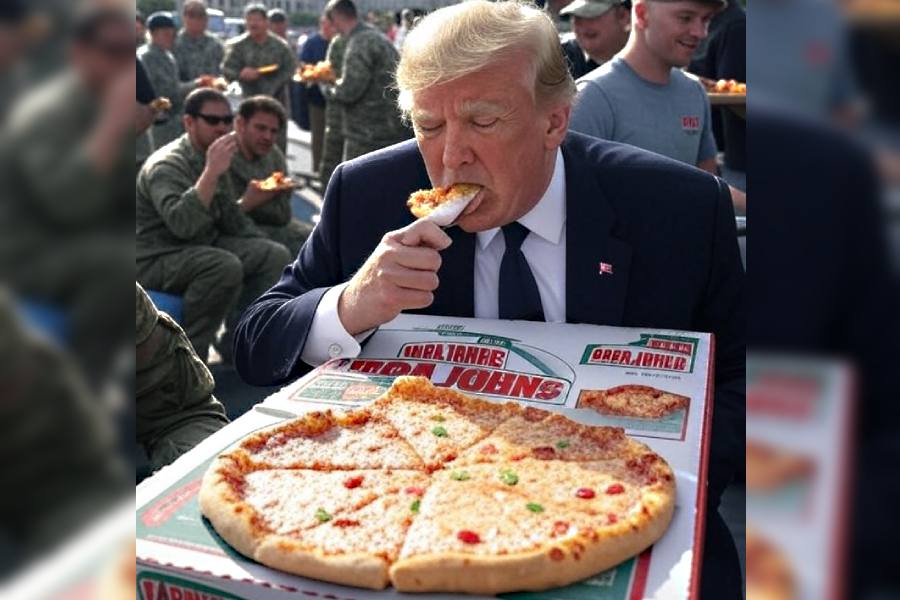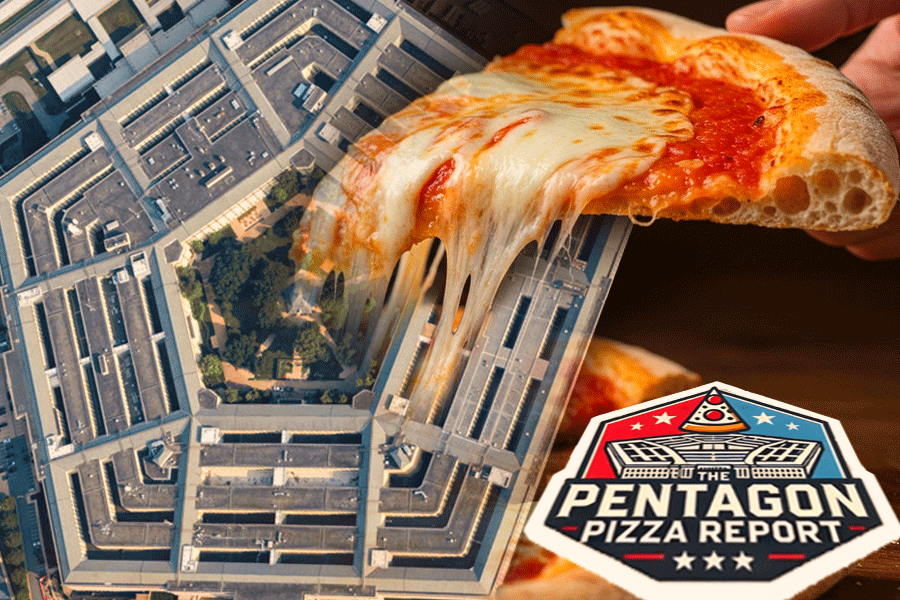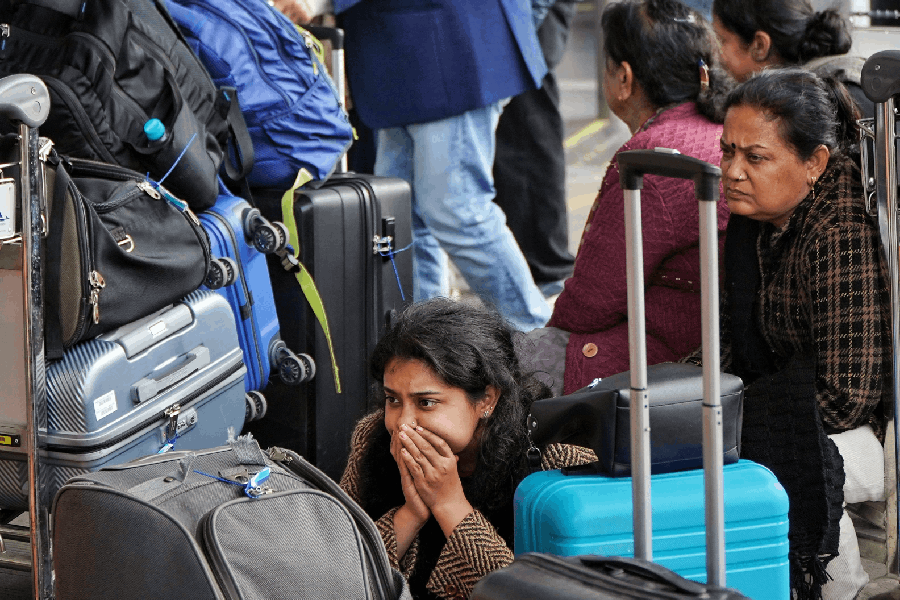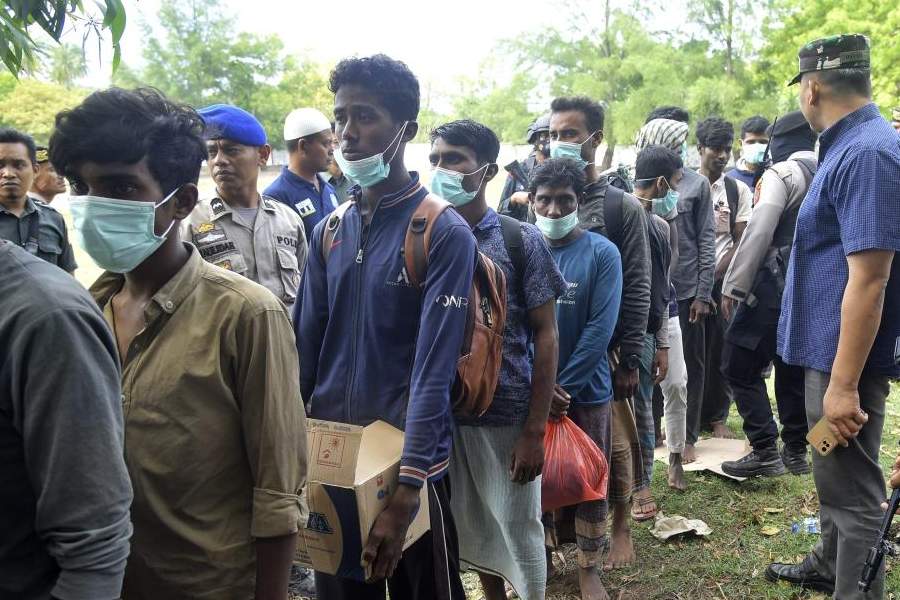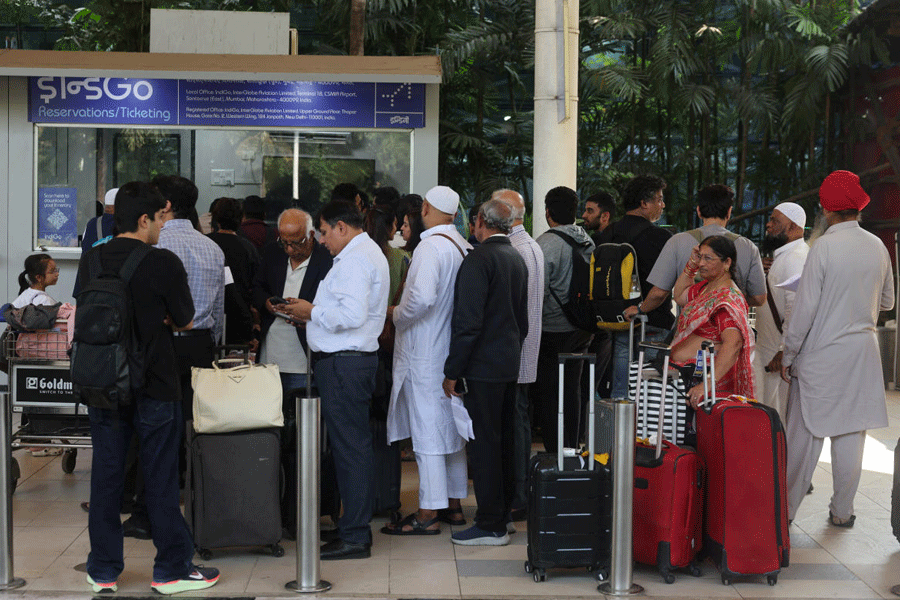While US bombed Iran's nuclear establishments, a pizza joint near the Pentagon was in high demand.
At 10:38 pm Eastern Time on Saturday night, a curious alert lit up the timeline of several thousand followers of The Pentagon Pizza Report, a niche social media account tracking Google Maps activity at pizza joints near U.S. defense hubs. It read: “HIGH activity is being reported at the closest Papa Johns to the Pentagon.”
Roughly an hour later, Donald Trump confirmed via Truth Social what many online were already expecting: the United States had carried out airstrikes on three Iranian nuclear sites: Fordow, Natanz and Isfahan.
“A full payload of BOMBS was dropped on the primary site, Fordow,” Trump posted. “Thank you for your attention to this matter.”
But the Internet had already known something was coming. Or at least The Pentagon Pizza Report did.
The account, which first made headlines earlier this month after apparently predicting Israel’s June 12 strikes on Iran based on a surge in pizza orders near the Pentagon, has become an unlikely digital-age bellwether for looming military action. On June 12 at exactly 6:59 pm, the account noted a spike in Google Maps activity from four separate pizzerias near the Pentagon.
Hours later, Israel launched its strike.
A slice of intel
The theory goes like this: sudden spikes in pizza delivery activity near the Pentagon can signal a rapid mobilisation of staff inside. More late-night shifts, more food. More food, more likely a high-level decision is being executed, often of military consequence.
Saturday night’s prediction wasn’t limited to Washington. The account also flagged a “HUGE traffic surge” at a Domino’s near MacDill Air Force Base, home of U.S. Central Command around 9:36 pm. ET, nearly half an hour before Trump’s public statement.
CENTCOM is the command overseeing U.S. military operations in the Middle East, including Iran.
The Pentagon Pizza Report posted: “Classic indicator for potential overtime at the Pentagon.”
Another restaurant often cited in such theories, Freddie’s Beach Bar, a casual spot near the Pentagon reported unusually low footfall for a Saturday evening.
“Abnormally low activity levels at Freddie’s usually mean high alert inside,” the account wrote. “It’s almost like reverse forecasting.”
What is the Pizza Index?
Though it sounds like satire, the “Pizza Index” is rooted in real Cold War behaviour.
During the 1970s and '80s, Soviet operatives in Washington were rumoured to monitor pizza deliveries and janitorial overtime to track US government activity. American journalists, too, learned to watch pizza runs.
Even CNN veteran Wolf Blitzer once joked that you could “tell when something big’s going down” by monitoring late-night food runs to the Pentagon.
Some spies even gave the technique a nickname: “Pizzint,” or Pizza Intelligence.
The Pentagon Pizza Theory, traces back to August 1990 when Frank Meeks, a Domino’s franchise owner in Washington, noticed an unusual surge in pizza deliveries to CIA buildings. The following day, news broke that Iraq had invaded Kuwait.
What’s different in 2025 is how this information is tracked. The Pentagon Pizza Report uses open-source tools, like Google Maps live traffic data, and overlays them with past conflict timelines.
If there’s an unusual spike in Google activity at a known pizza joint near a defense hub, it often correlates to subsequent announcements or leaks of military action.
The phenomenon has drawn attention beyond Washington.
In Cape Town, South Africa, locals have even dubbed their own metric the “Butler’s Pizza Index,” although that version tends to reflect the weekend mood, not war alerts.
But it’s the American version that’s turning heads.

